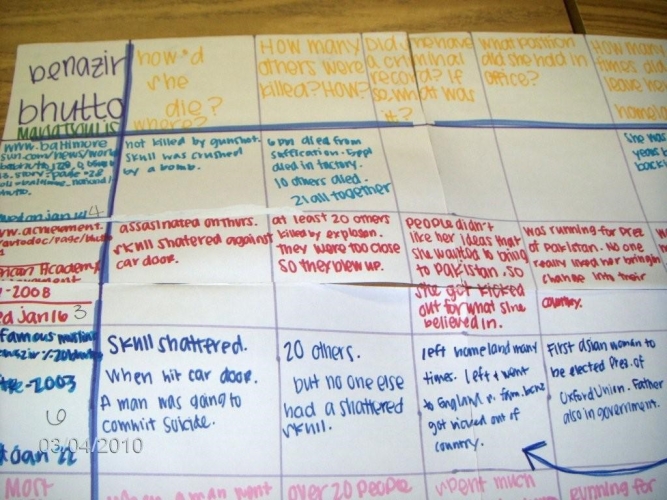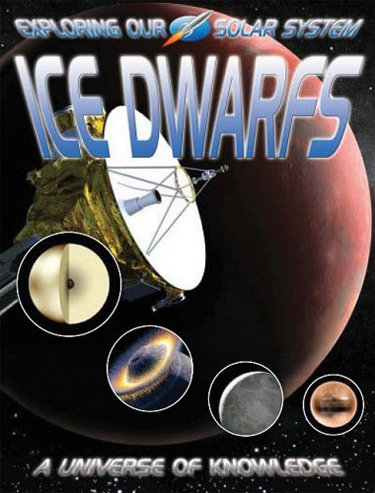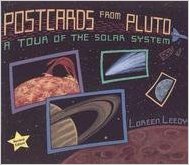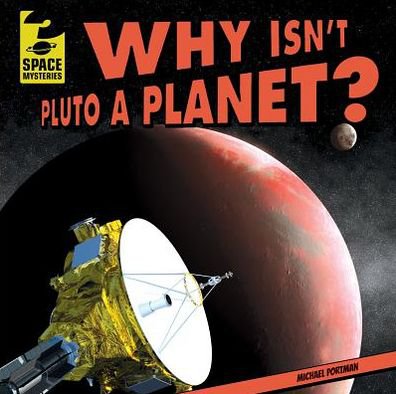On February 18, 1930, more than ten years after a ninth planet was proposed, astronomer Clyde W. Tombaugh discovered Pluto. When I found out that February 18th is Pluto Day, I immediately became overzealous thinking about the implications for the classroom. Using Google, I set out to find the current status timeline of Pluto. Is it or is it not a planet today?
For all of us science nerds, here’s the scoop. After being named a planet in 1930, it was demoted in 2006 to a dwarf planet, but was then reinstated as a planet in 2014. During the summer of 2015, NASA’s New Horizons spacecraft began taking photographs that once again made scientists question its status. The photographs show that Pluto may have a changing dynamic structure instead of a steady geographical terrain. This would be cause for another demotion.
Validate Resources Through Research and Inquiry
As a former middle school ELA teacher, I find this to be a perfect opportunity to teach research skills. Standards today bring to light the importance of validating resources and comparing multiple texts. Researching Pluto is the perfect example of why, in today’s world of multi-modal overflow, reading and locating multiple resources is nonnegotiable.
If you ask students to locate one source that discusses Pluto, you will have numerous responses. And most likely, our middle school friends will be adamant that they found the one and only answer. After all, haven’t we been schooled to believe resources, books and videos contain truth? In reality, we need to reteach this idea. With the ability to freely add content to the internet, self-publish books and produce videos on YouTube, much of the information students find could be fabricated, old or purposely created with untrue content.
While exploring multiple resources, students will learn to evaluate the validity or truth of a text. They will soon learn the difference between a blog, a wiki (Wikipedia!) and a journal article found in a database. Students will naturally and smoothly acquire these skills without having to be given a list of research rules.
In my years as a teacher, I used one research approach over and over again. For grades 2 through college, without fail, it produced wonderful results.
This no-fail technique is called “the grid.”
Determine Which Resources Are Authentic Using “The Grid”
Using different forms for different grades, the grid can be completed on legal-sized pages for elementary students, chart paper for middle school students or computers with all students. Hand written or computer generated, both have their pros and cons.
With middle school, I would give students chart paper and have them create boxes about the size of a square sticky note. After some prep through mini-lessons, they would place self-generated questions along the top of the page. The vertical boxes on the left of the page are for students to add resources they use to answer their questions. The beauty comes through the entire process.
 This is an example of “the grid” from one of my past lessons.
This is an example of “the grid” from one of my past lessons.
When students find an answer to a question, they summarize the response and put it in the corresponding box, under the question and to the right of the box. Using a grid to organize the research has many benefits. The small box forces students to create a concise summary and determine importance, and choose their vocabulary very specifically to add meaning while avoiding plagiarism. This process really forces students to reflect and think their responses through! If using a computer grid, be sure to set the boxes so they won’t expand with the response.
When much of the grid has been completed, students will draw many conclusions on their own. They will realize not all boxes are filled in because not all resources will answer their questions and provide the information they are looking for. Students will also notice contradictory responses under the same column. They will need to figure out which resource is authentic and why certain texts may leave something out.
When it’s finally time to start drafting, students will have their information topically organized. I would teach them how to develop the questions and how they should be ordered in mini-lessons before we started, so their chart would be a direct blueprint for what they want to convey in their writing. When choosing topics of interest, I rarely (I can’t think of even one at the moment) had anybody balk when it came to learning how to locate, organize, validate, cite and write about a topic they cared about. This method is fail-proof. They process, think critically, create and plan!
So while Pluto is an interest of mine, it may not be Emma’s. Or Jessica’s. Or Wade’s. That’s the beauty of it, individual choice and individual deep learning!
Booksource Recommendations
 Grades 4-6, Level P, Lexile IG1020 Grades 4-6, Level P, Lexile IG1020 |
 Grades K-2, Level N, Lexile 580 Grades K-2, Level N, Lexile 580 |




Leave A Comment